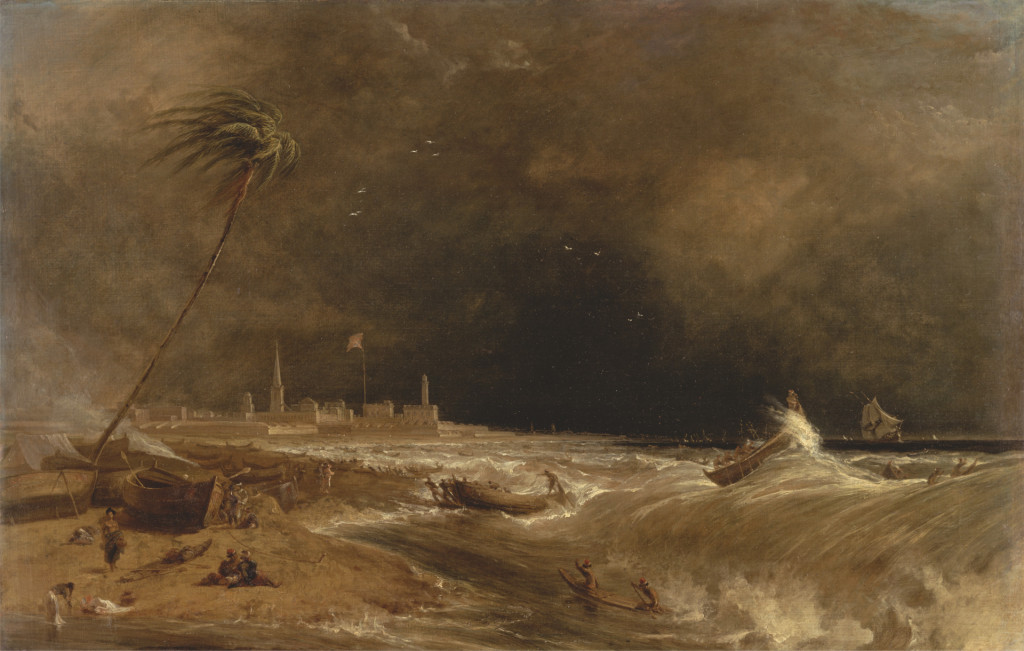Millions of free images are available online for anyone to use. Many are in the public domain; many are not.
“Free images” are not the same thing as public domain images; they’re usually not free from stipulations. For example, images may be bound by various Creative Commons licensing conditions. Organizations or individuals who post images for anyone to use may have restrictions on their use.
Before using any of the images on any sites, be sure to carefully read the individual’s or organization’s policies on using their digital items. Even if you want to use content just for personal or educational purposes, it’s always, always best to double-check the allowable use for any image or other media before publishing it to be 100% certain that you’re not violating any copyrights. This information is often called “Terms of Use” or “Acceptable Use Policy.” Email the organization or person to get further clarification if you need to. Keep in mind that copyrights, public domain, licensing, and other restrictions differ from country to country.
I cannot emphasize enough the importance of being diligent in checking copyrights, licensing, and other restrictions. Unless the individual item information explicitly tells you that it’s in the public domain, don’t assume it is. And even if it says it’s in the public domain, verify it by evaluating the site and the site owner to see if they’re reliable resources.

Guidelines for Using Free Images with Restrictions and Public Domain Images
The guidelines listed below are useful when you’re using any images, including public domain ones. Before you use an image, be sure to do the following:
- Check the acceptable usage depending on your purpose:
- Will it be displayed on a website? (including password-protected websites)
- Will it be printed in any type of paper-based publication?
- Is it for educational, nonprofit, personal (your own website), or commercial purposes? [Even if a nonprofit organization is using an image for educational purposes, stipulations for nonprofits may differ from those for strictly educational institutions (.edu schools).]
- How long will the image be displayed on your website or printed in the publication? What is the length of time you can use the image?
- Are you planning on editing the image (cropping, changing colors, adding layers, etc.), or do you want to use the image in its exact original appearance?
- How do you plan to use the image in your page layout? What are the acceptable dimensions of the final image or layout? (Determine inches if it’s a print image and pixels if it’s a web image).
- Determine the specific attribution statement or caption required. (See #3 below).
- Determine any model or property release agreement information.
- Save the information. Save a PDF of the webpage that contains the usage information and keep it in a folder with the downloaded images.
- Credit the source. The organization/owner of the collection or image often kindly requests an image credit; be sure to honor that request by including the citation in a caption, even if it’s not required to do so. Even if they give suggested wording, be sure to include all the relevant information.
- Link to the source. When using an item online, link back to the original source if you can. You can link to the item data in the digital collection by inserting the URL in the image display settings. You can also add the link in the caption or in a references section if you have one. This information isn’t just a courtesy to the organization—it’s also helpful for a reader who may want further information on the image.
More info on the public domain:
What is Public Domain? (a nice, concise article by Yale Digital Collections Center)
The Public Domain (article by Stanford University Libraries)
The book The Public Domain: How to Find & Use Copyright-Free Writings, Music, Art & More by attorney Stephen Fishman is an awesome resource.
Using Works in the Public Domain: No Need to Get Permission (NOLO, a legal information site and publisher)
Public Domain: Frequently Asked Questions (Teaching Copyright, Electronic Frontier Foundation)
Public Domain (Creative Commons)